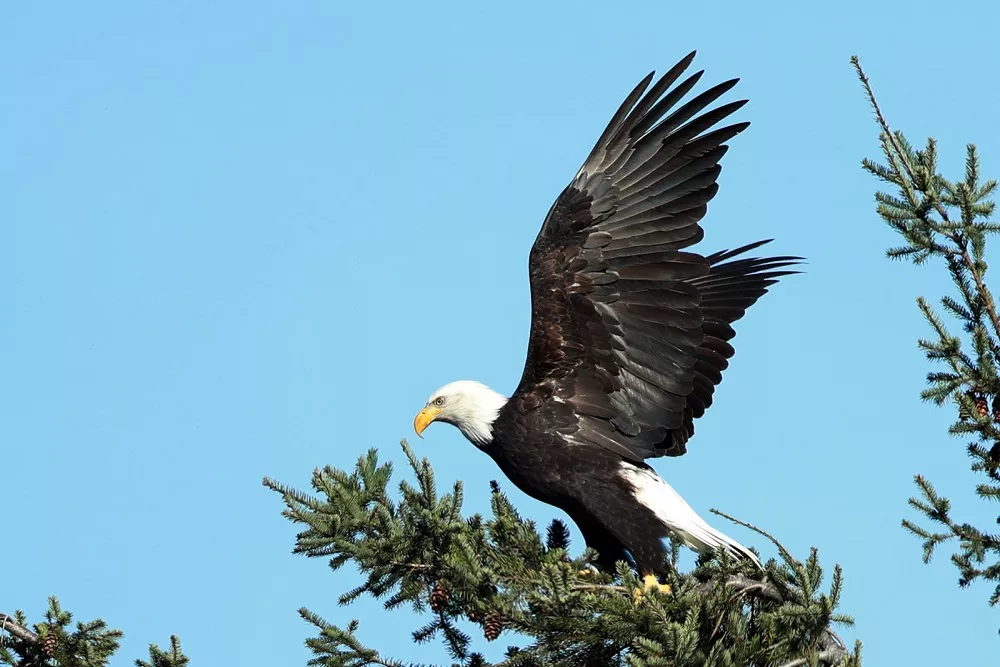Bald eagles are known for their impressive size, strength, and majestic appearance. These birds of prey are also known for their iconic nests, which can measure up to 10 feet in diameter and weigh over a ton. One of the most fascinating aspects of these nests is the bald eagle eggs that are found within them. So, what color are bald eagle eggs?
Bald eagle eggs are generally white, with some variations in shade and coloration. The eggs are slightly oval-shaped and have a texture that is similar to fine sandpaper. The shells of bald eagle eggs are also thick and durable, providing protection for the developing eaglet inside.
The coloration of bald eagle eggs can vary depending on a few different factors. One of the most significant factors is the location of the nest. Bald eagles that live in northern regions tend to have eggs that are paler and more whitish, while eagles that live in southern regions have eggs that are darker and more brownish.
Another factor that can affect the color of bald eagle eggs is the age of the female eagle. Younger eagles tend to lay lighter-colored eggs, while older eagles may lay darker-colored eggs.
Bald eagle eggs are typically laid in the early spring, with the female eagle laying one or two eggs per season. The eggs are incubated for approximately 35 days, with both the male and female eagle taking turns incubating the eggs. Once the eggs hatch, the eaglets are born with white downy feathers and grow rapidly, gaining strength and size with each passing day.
It is important to note that bald eagles are a protected species in the United States and Canada, and it is illegal to disturb their nests or eggs. The bald eagle population has rebounded in recent years, thanks to conservation efforts and habitat protection.
In conclusion, bald eagle eggs are generally white, with some variations in shade and coloration. The color of the eggs can be influenced by a variety of factors, including the location of the nest and the age of the female eagle. Bald eagles are an iconic symbol of the American wilderness, and their nests and eggs are a testament to their strength and resilience as a species.


 Facebook
Facebook  Instagram
Instagram  Youtube
Youtube 